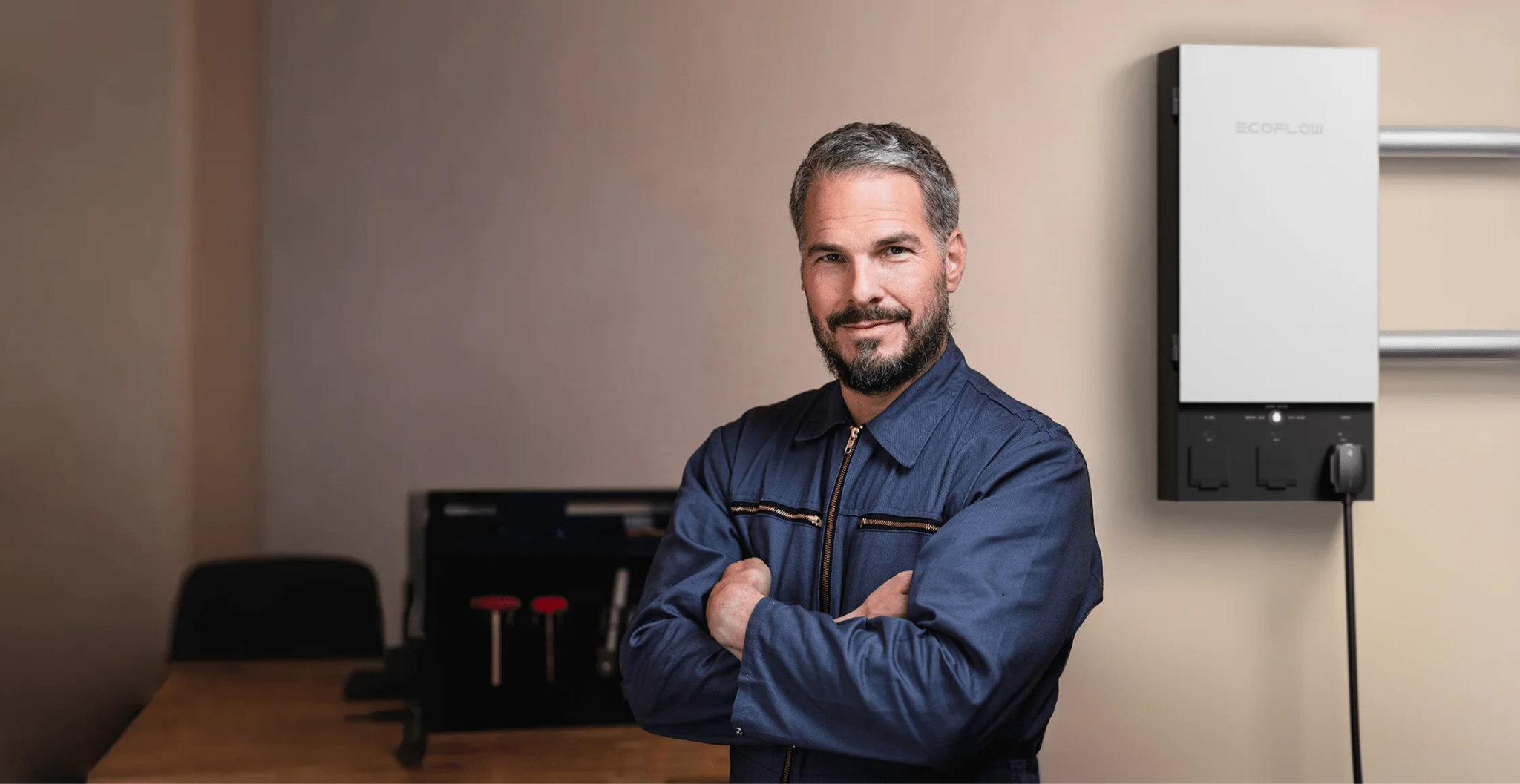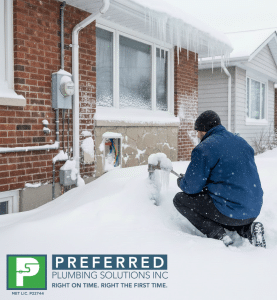Power outages can happen at any time, sometimes lasting minutes and other times stretching into days. For homeowners, investing in a whole home generator provides a reliable solution to keep every part of the house running when the grid fails.
It can disrupt heating, food storage, work, and safety. Choosing the right whole-home backup power system ensures that your house stays functional when the grid goes down. This guide explains what to consider before investing in a system that protects your comfort and peace of mind.
1. Understand How Whole-Home Backup Power Works
A whole-home backup power system is designed to supply electricity to your entire house when the main grid fails. It connects directly to your home’s electrical panel and automatically switches on when power is lost. Depending on the type of system you choose, it may use stored energy from batteries or generate electricity through an external source such as solar input or fuel.
The key advantage of a whole-home setup is its coverage. Unlike portable generators that only power a few devices, these systems can run everything from lights and refrigerators to air conditioning units and medical equipment. The transition from grid to backup power can be seamless, meaning most people in the house might not even notice the moment it happens.
2. Determine Your Energy Requirements
Before selecting a system, take time to calculate your household’s energy usage. Every appliance has a rated wattage and some require more power to start than to run continuously. Add up the wattage of the appliances and systems you want to keep running during an outage.
For most households, essential items include lighting, heating or cooling systems, refrigerator, freezer, and internet router. Larger homes with electric cooking ranges, sump pumps, or multiple HVAC units will need more capacity. The total gives you a baseline for the size of backup system you’ll need.
If you prefer an easier method, you can use online power calculators or consult an electrician. They can measure your typical daily energy consumption in kilowatt-hours (kWh) and recommend an appropriate capacity range. Knowing your actual usage helps you avoid under-sizing or overspending.
3. Decide Between Battery and Fuel-Based Systems
Whole-home backup power systems generally fall into two categories: battery-based and fuel-powered.
Battery systems store electricity in large rechargeable cells and can be charged through the grid or renewable sources such as solar panels. They operate quietly, require minimal maintenance, and are suitable for residential areas where noise or emissions might be restricted.
Fuel-based systems rely on natural gas, propane, or diesel to generate electricity. They are powerful and capable of running for long periods as long as fuel is available. However, they need ventilation, regular maintenance, and may produce emissions.
Your choice depends on your priorities. If you value clean energy and quiet operation, a battery-based system may be better. If you want extended runtime without worrying about battery depletion, a fuel-powered option might suit your needs.
4. Consider System Capacity and Output
Capacity refers to how much total energy a system can supply, measured in kilowatt-hours, while output describes how much power it can deliver at a given moment. Both are critical factors.
A small system might keep your essential appliances running for a few hours, but not a full house. Larger systems can provide continuous power for days, depending on usage. Look for specifications that match the number of appliances you plan to operate simultaneously.
Homeowners who experience frequent or long outages should aim for higher capacity, whereas those in urban areas with short blackouts may need less. It is often smart to select a modular system that allows future expansion if your energy demands grow.
5. Evaluate Switching and Integration Features
An important part of any whole-home backup power system is how it connects to your house. The integration is handled through a transfer switch that detects when the grid fails and instantly shifts the load to your backup source. This automatic changeover prevents your electronics from shutting down abruptly and keeps critical systems running.
When reviewing options, check whether the system offers full automation or requires manual startup. Automatic systems provide convenience and safety, especially when you are not at home. You should also verify compatibility with your existing electrical panel and wiring to ensure smooth installation.
A licensed electrician can assess your setup and recommend the safest way to connect a backup power system without overloading circuits or violating local codes.

6. Look at Safety and Certification Standards
Safety should always be a top priority. Because whole-home backup systems handle large amounts of energy, they must comply with strict electrical standards. Look for certifications from organizations such as UL, CSA, or FCC, which verify that the product meets national safety requirements.
Battery systems should include built-in protection against overcharging, overheating, and short circuits. Fuel-powered units must have proper ventilation and carbon-monoxide safeguards. Placement also matters: keep outdoor systems away from windows, vents, and doors to avoid dangerous fumes.
Choosing a certified and professionally installed system minimizes risks and ensures reliable performance during emergencies.
7. Examine Maintenance and Longevity
Different backup systems have different maintenance needs. Battery systems generally require little upkeep apart from keeping software updated and monitoring charge cycles. They often last several years before capacity gradually declines. Fuel-powered systems, on the other hand, need periodic oil changes, fuel stabilizers, and component inspections.
A good way to judge longevity is by checking the warranty and service availability. Systems backed by long warranties and accessible support networks indicate better reliability. When comparing products, factor in not only the purchase cost but also long-term maintenance expenses.
8. Think About Installation and Space Requirements
Before purchasing, plan where the system will be installed. Battery units can often be wall-mounted in a garage or utility room. Fuel-powered systems typically require outdoor placement with clearance for exhaust and refueling.
Ensure that the area stays dry, well-ventilated, and within recommended temperature ranges. If you live in a region prone to flooding, elevate the unit to avoid water damage. During installation, professionals will also check grounding and wiring to ensure safety.
Because installation affects both performance and warranty coverage, professional service is always recommended. Avoid DIY connections, as improper wiring could cause damage or safety hazards.
9. Assess Noise Levels and Environmental Impact
Noise can be a deciding factor for homeowners, especially in suburban neighborhoods. Fuel generators can be loud during operation, sometimes exceeding acceptable local limits. Battery systems operate silently, which is a major advantage if you prefer peace and quiet or need overnight power without disturbance.
From an environmental perspective, battery-based systems produce zero emissions at the point of use and can pair with renewable energy sources. Fuel systems emit exhaust gases but can run indefinitely with a proper supply. If sustainability is part of your values, consider choosing an energy-storage solution that reduces carbon output.
10. Compare Costs and Value Over Time
The upfront cost of a whole-home backup power system can vary widely depending on capacity, technology, and installation complexity. Fuel-powered systems usually have lower initial prices but higher running costs due to fuel consumption and maintenance. Battery systems often cost more at purchase but have lower ongoing expenses.
To determine overall value, calculate the total cost of ownership across several years. Include purchase, installation, fuel, maintenance, and potential savings from avoiding spoiled food, work interruptions, or property damage. Sometimes paying more initially for a high-quality system saves money in the long term.
11. Prepare for Long-Term Use
Owning a backup system is not a one-time setup. Test it periodically to ensure everything works when needed. For battery systems, check charge levels and perform firmware updates. For fuel generators, run them under load every few months to keep components lubricated and ready.
Document all maintenance and keep emergency instructions accessible. During extended outages, manage your power wisely by prioritizing essential devices to maximize runtime.
Conclusion
A whole-home backup power system turns uncertainty into security. With careful planning, it can protect your family from the discomfort and risks of power loss. Before buying, evaluate your energy needs, decide between battery or fuel options, and consider capacity, safety, and cost.
The right system will keep your home bright, warm, and connected no matter what happens outside. Taking the time to choose thoughtfully today ensures that when the next outage strikes, your household stays powered and safe.













